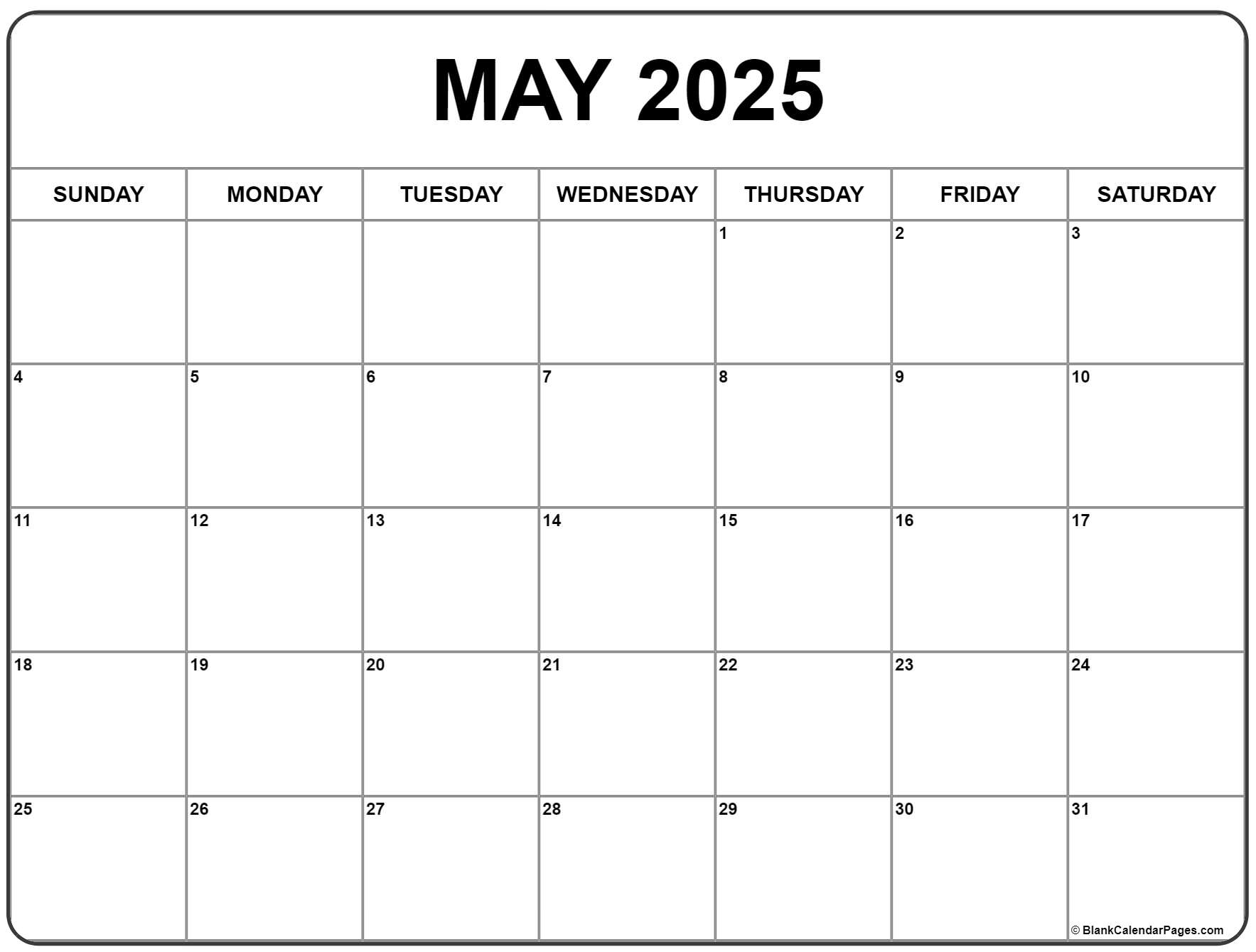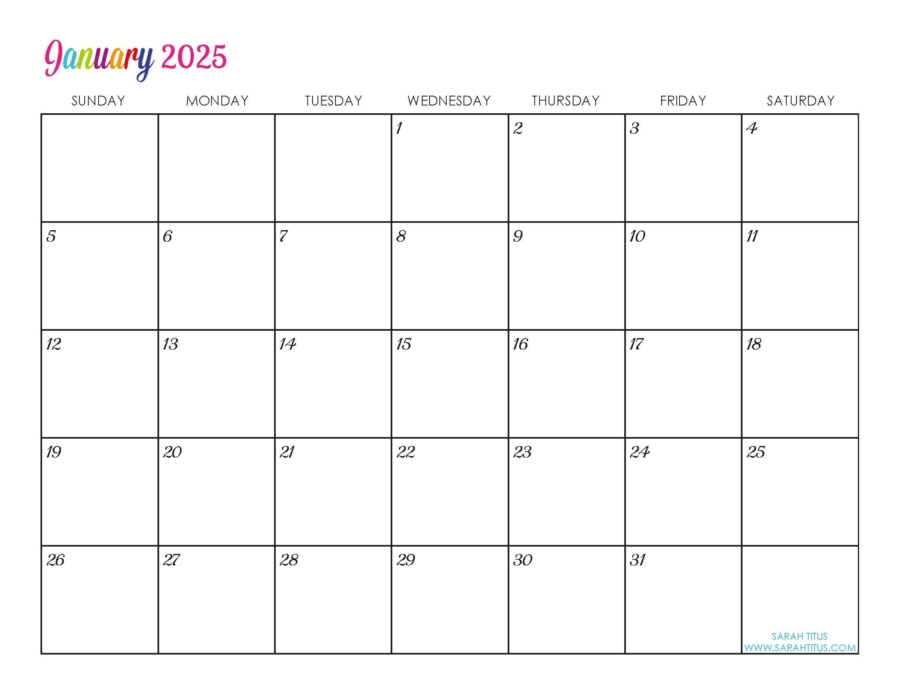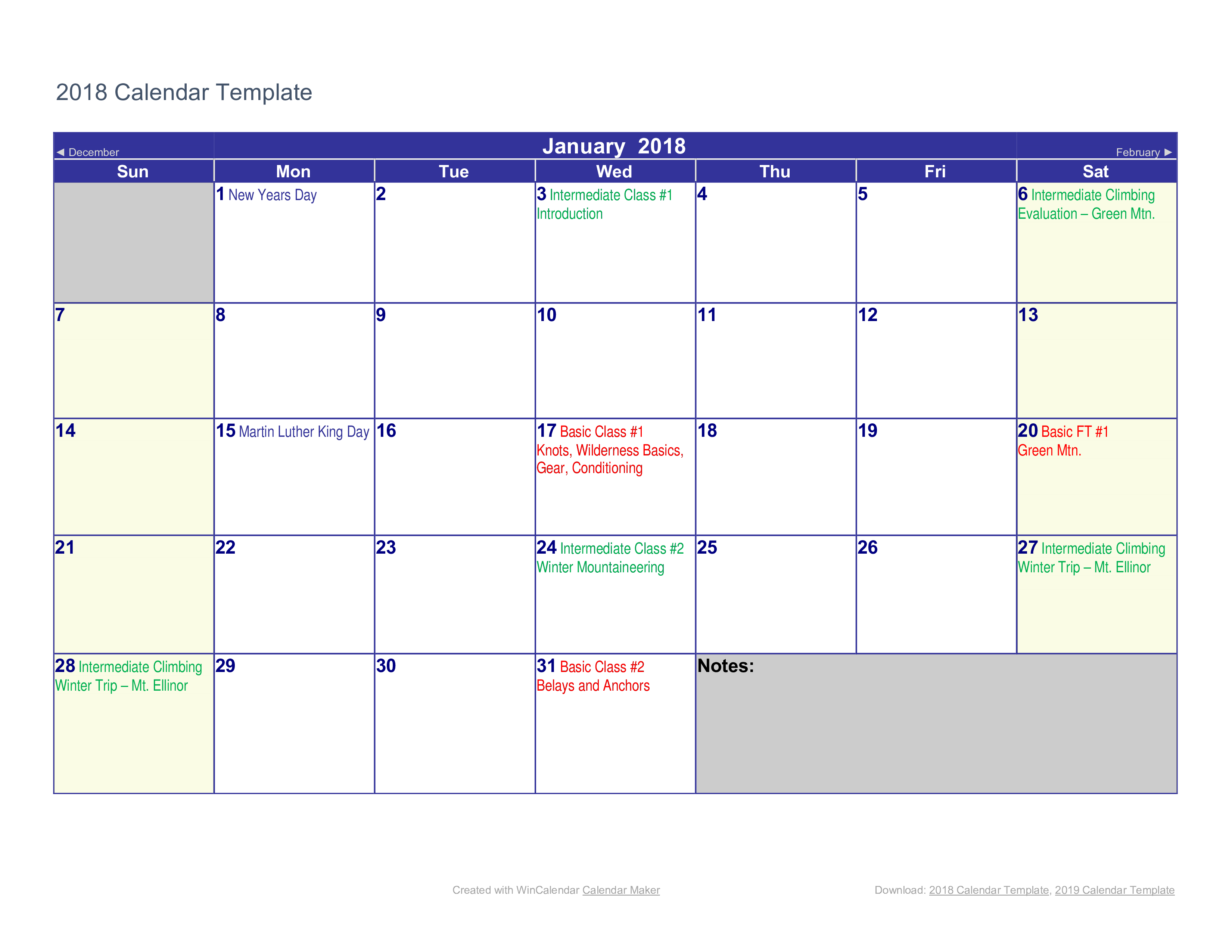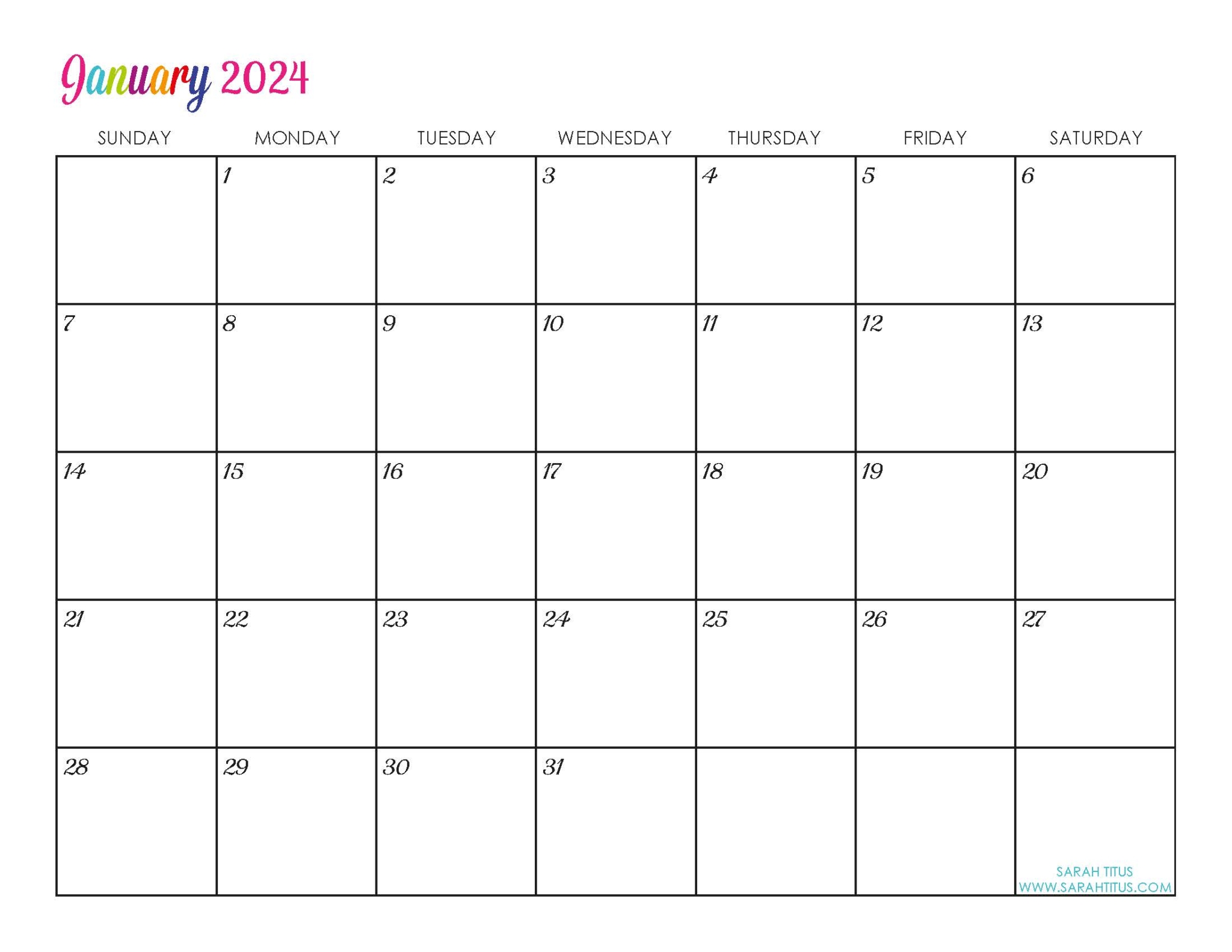May 2025 Calendar How To Edit
Mastering Your May 2025 Calendar: A Comprehensive Guide to Editing and Customization

May 2025. The month stretches before you, a blank canvas of potential waiting to be filled with appointments, deadlines, and joyful moments. But a simple calendar is more than just a grid of dates; it’s a powerful tool for organization and productivity. This comprehensive guide delves into the art of editing your May 2025 calendar, whether it’s a digital version on your phone or computer, a meticulously crafted paper planner, or a hybrid approach. We’ll explore various techniques, tools, and strategies to transform your calendar from a passive record-keeper into an active partner in managing your life.
I. Understanding Your Calendar Needs:
Before diving into the editing process, take a moment to reflect on your needs and goals. What do you want your May 2025 calendar to achieve? Are you aiming for:
- Improved Time Management: Do you struggle with procrastination or feeling overwhelmed? A well-edited calendar can help you prioritize tasks and allocate time effectively.
- Enhanced Productivity: Do you want to maximize your output and achieve your goals? A calendar can help you track progress, identify bottlenecks, and schedule focused work sessions.
- Better Work-Life Balance: Are you seeking a healthier equilibrium between work and personal commitments? A calendar can facilitate this by visually representing your commitments and ensuring you dedicate time to both.
- Streamlined Event Planning: Do you have many social events, appointments, or travel plans in May? A calendar can keep you organized and prevent scheduling conflicts.
- Goal Setting and Tracking: Do you have specific goals you want to achieve in May? Your calendar can be a tool to break down these goals into smaller, manageable steps and track your progress.
Answering these questions will help you determine the level of detail and customization required for your May 2025 calendar.
II. Choosing the Right Calendar System:
The method you use to manage your calendar significantly impacts your editing experience. Consider these options:
- Digital Calendars (Google Calendar, Outlook Calendar, Apple Calendar): These offer features like reminders, notifications, color-coding, shared calendars, and integration with other apps. Editing is typically straightforward, involving adding, deleting, or modifying events through a user-friendly interface.
- Paper Planners: These provide a tactile experience and can be highly personalized. Editing involves writing, erasing, and potentially using stickers or other decorative elements. The flexibility is limited by the physical space available, but the act of physically writing down appointments can enhance memory retention.
- Hybrid Approach: Many individuals combine digital and paper calendars. They might use a digital calendar for appointments and deadlines, while a paper planner serves as a space for brainstorming, note-taking, and reflecting on the day.
III. Editing Techniques for Different Calendar Types:
A. Digital Calendars:
- Adding Events: Most digital calendars allow you to add events by specifying the date, time, title, location, and any relevant details. Utilize descriptive titles to easily identify events at a glance.
- Color-Coding: Assign different colors to various categories (e.g., work, personal, appointments, errands) for better visual organization. This makes it easy to see your schedule at a glance and identify potential conflicts.
- Setting Reminders: Set reminders for important events to ensure you don’t miss deadlines or appointments. Experiment with different reminder types (e.g., email, notification, pop-up) to find what works best for you.
- Utilizing Recurring Events: For regularly scheduled events (e.g., weekly meetings, monthly bills), use the recurring event feature to avoid repetitive entry.
- Creating Sub-Tasks: Break down large projects into smaller, manageable sub-tasks and assign deadlines to each. This makes complex projects less daunting and provides a clear path to completion.
- Sharing Calendars: Share relevant calendars with colleagues, family, or friends to ensure everyone is on the same page and to avoid scheduling conflicts.
- Utilizing Calendar Views: Switch between different views (day, week, month, year) to get a comprehensive overview of your schedule or focus on specific timeframes.
- Integration with Other Apps: Connect your calendar to other productivity apps (e.g., to-do lists, note-taking apps) to streamline your workflow.
B. Paper Planners:
- Neat Handwriting: Use clear and legible handwriting to avoid confusion and ensure you can easily read your entries later.
- Color-Coding: Use highlighters, colored pens, or stickers to visually distinguish different categories of events.
- Key: Create a key at the beginning of your planner to explain the color-coding system you’re using.
- Abbreviation System: Develop a system of abbreviations to save space and time when writing entries.
- Monthly and Weekly Overviews: Utilize both monthly and weekly views to get a comprehensive overview of your schedule and plan your week effectively.
- Sticky Notes: Use sticky notes to add reminders, additional information, or to make changes without altering the original entry.
- Decorative Elements: Use stickers, washi tape, or other decorative elements to personalize your planner and make it more visually appealing. This can increase your motivation to use it consistently.
IV. Advanced Editing Strategies:
- Time Blocking: Allocate specific blocks of time for particular tasks or activities. This helps you focus and prevents multitasking, leading to increased productivity.
- Prioritization Techniques: Use methods like the Eisenhower Matrix (urgent/important) to prioritize tasks and focus on the most critical items first.
- Buffer Time: Include buffer time between appointments to account for unexpected delays or travel time.
- Review and Adjust: Regularly review your calendar to identify areas for improvement and make adjustments as needed.
- Themed Months: Consider adding a theme to your May 2025 calendar to enhance motivation and visual appeal. For example, if May is a busy month, a calming color scheme might be beneficial.
V. Troubleshooting Common Calendar Issues:
- Overbooking: If you find yourself constantly overbooked, re-evaluate your priorities and learn to say no to non-essential commitments.
- Missed Deadlines: Analyze why you missed deadlines and adjust your calendar accordingly, perhaps by adding more buffer time or setting more frequent reminders.
- Lack of Motivation: If you’re struggling to use your calendar consistently, try making it more visually appealing or rewarding yourself for staying organized.
- Inconsistent Updates: Dedicate specific times each day or week to update your calendar and ensure it remains accurate and up-to-date.
Conclusion:
Editing your May 2025 calendar is not just about filling in dates; it’s about actively shaping your month and achieving your goals. By understanding your needs, choosing the right system, and implementing effective editing techniques, you can transform your calendar into a powerful tool for organization, productivity, and a more fulfilling life. Remember, the perfect calendar is one that works for you – experiment, adapt, and refine your approach until you find the system that best supports your unique needs and aspirations. May 2025 awaits – make it your most organized and productive month yet!



:max_bytes(150000):strip_icc()/wordcals-5a2033560c1a82001961e023.jpg)



